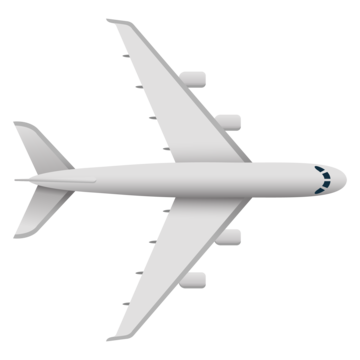What was Discussed
Trade talks just got serious!
“On February 13, 2025, Indian Prime Minister Narendra Modi and U.S. President Donald Trump held a press briefing informing both nations about trade, tariffs, and how they could affect Indian exports.
In the briefing, one of the major topics was tariffs and extra charges put on imported goods. Trump believes that India’s tariffs on U.S. products are too high, so he announced that the U.S. will charge the same tariffs on Indian goods which he called a reciprocal tariff, which means “if you charge us, we charge you the same amount.” This move has significant implications for India-U.S. trade relations and the broader U.S.-India strategic partnership.
What Does This Mean for Indian Exporters
This decision could hurt Indian businesses that sell products to the U.S. The U.S. is one of India’s biggest trading partners, buying goods worth billions yearly. With these new tariffs, some Indian products will become more expensive for American buyers, which means fewer sales.
Which Indian Products Will Be Affected the Most
Some industries in India will be hit harder than others. Here are the main ones:
- Textiles and Clothing – India exports a lot of fabrics, clothes, and garments to the U.S. Higher tariffs could make these products less attractive to American buyers.
- Food Products and Vegetables – Indian spices, tea, rice, and other food items could become pricier in the U.S.
- Electrical Machinery – Products like electronic parts and equipment could see a drop in sales.
- Gems and Jewellery – The U.S. is a big market for Indian jewellery and gemstones. Higher tariffs could lead to fewer buyers.
- Pharmaceuticals – India is one of the world’s biggest exporters of medicines, and new tariffs could make them costly.
- Iron and Steel – These materials are used in many industries, and higher tariffs could reduce exports.
- Automobile Parts – Car and bike parts from India may become expensive in the U.S.
Real Life Impact on Small Exporters
Many small and medium sized businesses in India rely heavily on U.S. exports. For example, textile manufacturers in Surat or jewellery makers in Jaipur may see a drop in orders, leading to lower incomes and job losses. The higher tariffs could also make it harder for them to compete with exporters from other countries.
How India’s Tariffs Work
India, like many countries, charges tariffs on foreign goods to protect its local industries. For example, India has high tariffs on American motorcycles and luxury cars. Trump has often criticized this, calling India the “tariff king.” These discussions are crucial as they impact bilateral trade goals between the two nations.
What Are Reciprocal Tariffs
A tariff is simply a tax on imported goods. When the U.S. says they will charge reciprocal tariffs, it means they will charge India the same tariff that India charges them. For example:
- If India charges a 10% tax on American products, the U.S. will now charge 10% on Indian goods.
- If India lowers the tax, the U.S. might also lower it.
Alternatives for Indian Exporters
Given these challenges, Indian exporters might need to explore other markets to reduce their dependence on the U.S. Some potential alternatives include:
- Europe – The European Union is a major market for Indian textiles, jewellery, and pharmaceuticals.
- Middle East – Countries like UAE and Saudi Arabia import a lot of Indian food and manufacturing goods.
- Southeast Asia – Vietnam, Thailand, and Indonesia offer growing markets for Indian products.
Government Response and Possible Solutions
The Indian government is looking at different ways to manage this situation, such as:
- Reducing tariffs on over 30 American products to ease tensions.
- Increasing imports of U.S. defence and energy products as a goodwill measure.
- Negotiating new trade agreements to stabilize India-U.S. trade relations.
- Providing subsidies or incentives to affected exporters to help them stay competitive.
Role of Defence Cooperation
Another major aspect of the US-India strategic partnership is defence cooperation. India has been increasing its imports of U.S. defence equipment, and this trade tension could impact future deals. Strengthening defence ties while addressing trade issues will be crucial for both nations.
Comparison with Other Countries
India is not the only country facing these tariffs. Other nations, including Thailand and Vietnam, are also reviewing their trade policies with the U.S. The bilateral trade goals of many countries will be affected as Trump pushes for “fair” tariffs worldwide.
What’s Next for Indian Exporters
India is now considering reducing tariffs on over 30 American products and increasing imports of U.S. defence and energy goods to ease tensions. The goal is to prevent these higher tariffs from hurting Indian businesses too much.
Final Thoughts
This new trade rule could be tough for Indian exporters. Businesses that depend on selling to the U.S. might see lower profits.
While the Indian government is trying to make deals to prevent major losses, exporters must prepare for possible price hikes and reduced demand. If you are in the export business, it’s time to plan!









